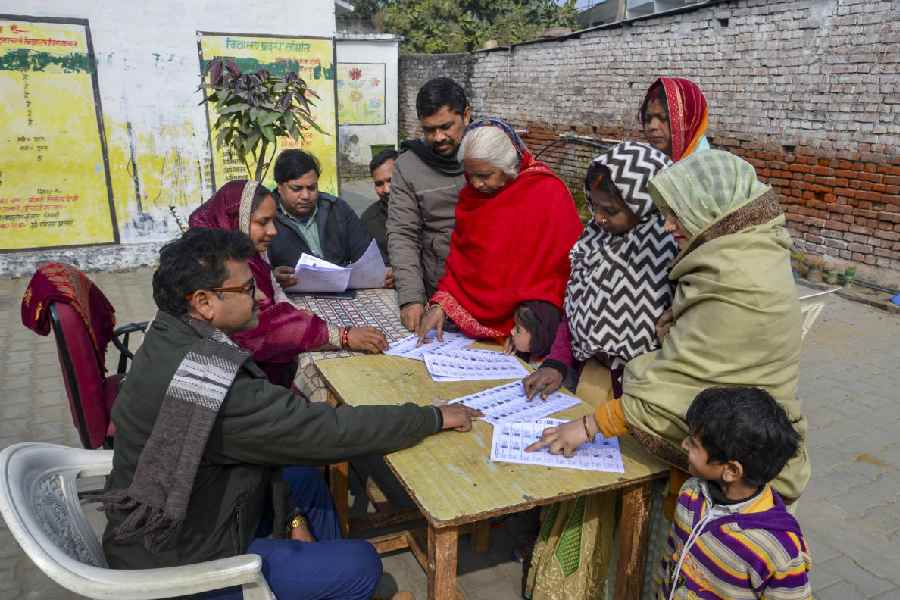Walking a mile in another’s shoes is not always a good thing. The fashion brand, Prada, may be realising this. At a recent fashion show, Prada had models wear footwear that looked suspiciously like Kolhapuri chappals — India’s open-loop-toed, T-strap sandals dating back to the 13th century that are stitched without nails, dyed using natural ingredients, and polished with natural oils. These footwear are unique to parts of Maharashtra and Karnataka and have had a Geographical Indication tag since 2019. While Prada did not call the sandals with its brand logo Kolhapuris, it was clearly the same footwear. Traditional artisans in India thus rightfully protested against Prada’s blatant attempt at cultural appropriation. Given the backlash online, the fashion brand later reached out to the Maharashtra Chamber of Commerce, Industry & Agriculture, acknowledging that its sandals were indeed ‘inspired’ by Kolhapuri chappals and offered a “dialogue for meaningful exchange with local Indian artisans”.
This acknowledgement is too little too late. The makers of Kolhapuri chappals are mulling legal steps in Italy — the country of Prada’s origin — on account of Prada attempting to poach a product despite it having a GI tag. But this is unlikely to yield dividends because of loopholes in the law. For instance, Kolhapuri chappals’ aesthetic and design features were never protected under the Designs Act, 2000. This would be akin to getting a patent on the product and its features, making it immune to plagiarism. The fashion brand, Christian Louboutin, has done this quite successfully with its signature red sole and defended itself against copies across the world. Moreover, since Prada did not call its sandals Kolhapuri chappals, it did not legally infringe on GI rights, which are applicable only when a product is made in a certain region. For instance, while rosogolla has a GI tag, it can be made anywhere in the world as long as it does not call itself ‘Banglar rosogolla’.
This raises an important question. Why, it may then be asked, are GI-tagged Indian products like Kolhapuri chappals, Benarasi and chikankari not protected by patents that would be legally defensible in international courts? Safeguarding traditional crafts poses a unique challenge because modern intellectual property laws were built to reward individual creators, not entire communities. These laws demand clear authorship but traditional crafts often emerge from generations of shared knowledge and anonymous contribution. Since many of these crafts are centuries old, widely practiced, and already part of the public domain, they do not meet the legal criteria for novelty. Furthermore, their transmission is typically oral, lacking the written or technical documentation required by most IP systems to establish and enforce rights. There is thus a case to reimagine such laws that think only individual genius is worth protecting from imitation. This could also be lucrative as India is a treasure trove of traditional craft, which, if protected by intellectual property rights, could earn the country rich dividends. It is high time India stepped up its game when it comes to protecting its collective intellectual and cultural property.










